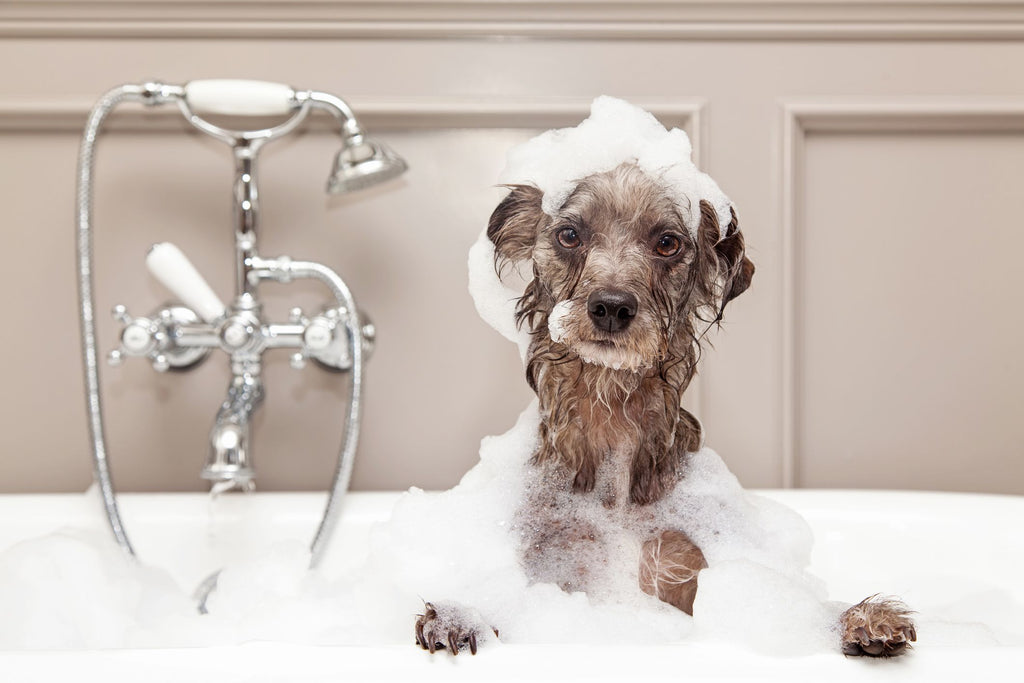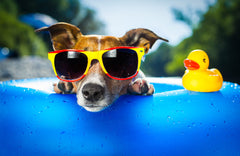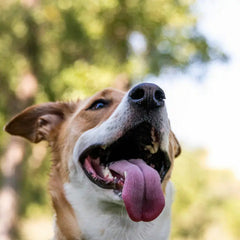Determining the optimal bathing frequency for your dog is pivotal to maintain their skin health and overall well-being. In this UK-centric guide, we delve deep into the factors influencing bath frequency, shampoo selection, and more to give you a comprehensive understanding of dog bathing.
Factors Affecting Bath Frequency
An ideal bath frequency is influenced by a variety of factors. Let’s explore these to determine a schedule that suits your dog the best.
Breed and Coat Type
- Long-haired breeds: Require more frequent baths to prevent matting and tangles.
- Short-haired breeds: Can go for longer intervals without a bath.
Lifestyle and Activity Level
- Outdoor activities: Dogs engaged in more outdoor activities may require more frequent baths.
- Indoor lifestyle: Dogs that stay indoors most of the time may require fewer baths.
Table: Bath Frequency Guide
Breed Type |
Average Bath Frequency |
| Long-haired | Every 4-6 weeks |
| Short-haired | Every 8-12 weeks |
| Working breeds | Depending on the exposure to dirt and outdoor elements |
Choosing the Right Shampoo
Selecting the right shampoo is essential to ensure a healthy and vibrant coat.
For Sensitive Skin
- Hypoallergenic shampoos: Ideal for dogs with sensitive skin.
- Oatmeal shampoos: Can soothe irritated skin.
pH Balanced Shampoos
- Dog-specific shampoos: Ensure you use a dog-specific shampoo to maintain the pH balance of your dog's skin.
- Avoid human shampoos: Human shampoos can disrupt the pH balance and irritate the dog’s skin.
Bathing Techniques
Proper bathing techniques can make the bathing process enjoyable for your dog.
Pre-Bath Preparation
- Brush the coat: To remove loose hairs and detangle.
- Protect the ears: Use cotton balls to protect the ears from water.
During Bath
- Water temperature: Maintain a lukewarm water temperature.
- Gentle massage: Use a gentle massage technique to apply shampoo and clean the dog.
Skin Conditions
Certain skin conditions may necessitate adjustments in the bathing routine.
Dry Skin
- Moisturising shampoos: Can help in alleviating dry skin issues.
- Frequent baths: Avoid bathing your dog too frequently if they have dry skin.
Skin Infections
- Medicated shampoos: Vet-prescribed medicated shampoos can help in treating skin infections.
- Consult a vet: Always consult a vet if you notice signs of skin infections.
Post-Bath Care
Taking care of your dog post-bath is equally important.
Drying
- Towel dry: Use a soft towel to dry your dog.
- Hair dryer: Use a hair dryer on a cool setting, if necessary.
Brushing
- Post-bath brushing: Helps in preventing tangles and removing any loose hairs.
FAQs
Q: Can I use baby shampoo for my dog?
A: While baby shampoo is gentler than regular human shampoo, it is still not recommended as it may not cater to the specific pH level of a dog's skin.
Q: How can I make bath time enjoyable for my dog?
A: Ensure a calm environment, use lukewarm water, and offer treats as positive reinforcement to make bath time enjoyable for your dog.
Q: What if my dog is afraid of water?
A: Gradually acclimating your dog to water by positive associations, such as treats and toys, can help in overcoming the fear of water.
Conclusion
In conclusion, the ideal bath frequency for your dog hinges upon a multitude of factors including their breed, lifestyle, and any skin conditions they may have. Employing the right bathing techniques and post-bath care can foster a healthy coat and skin. It is recommended to always consult with a veterinary professional in the UK to understand your dog’s individual needs and to choose the right products. Armed with this guide, you are on your way to establishing a beneficial bathing routine for your canine companion.




